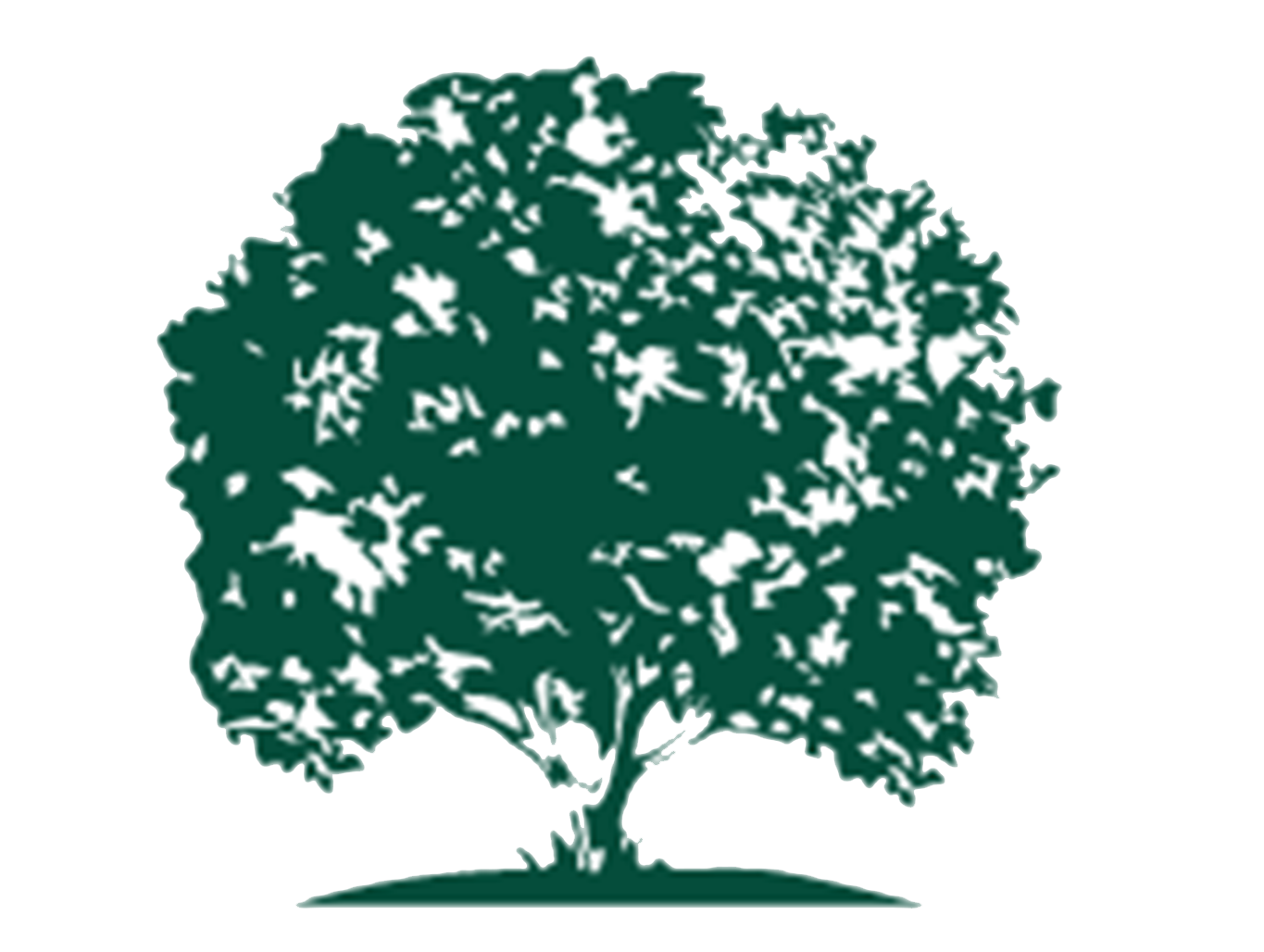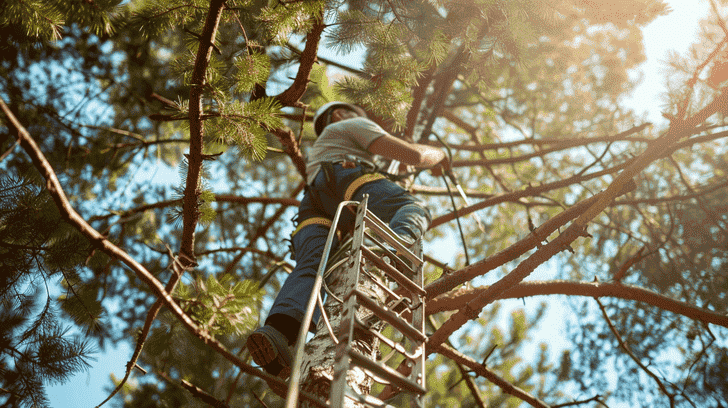Ultimate Guide to Shrub Trimming for Healthy Landscape
Transform your landscape with expert shrub trimming: guarantee healthy growth, enhance aesthetics, prevent disease, and encourage air circulation. Equip yourself with essential tools and follow best practices like timing your pruning.
With a step-by-step guide, prepare your workspace, trim meticulously, and maintain your tools. Learn advanced techniques for thinning, heading cuts, and overhauling old shrubs.
Post-trimming, identify oldest stems, thin out crowded areas, and clean debris.
Regularly inspect, thin, and encourage new growth for healthy shrubs. Time your trims well, focus on precision, and promote overall health for a thriving landscape.
Shrub Trimming
When it comes to shrub trimming, understanding the significance of maintaining your shrubs’ health is essential. Proper trimming not only enhances the aesthetic appeal of your landscape but also promotes growth and overall plant longevity.
To achieve effective results, having the right tools such as sharp pruning shears and hedge trimmers is vital.
Importance of Trimming Shrubs
Proper shrub trimming is essential for maintaining the health and aesthetics of your landscape. Trimming your shrubs helps in shaping them, promoting new growth, and ensuring their overall well-being.
Here are four reasons why shrub trimming is important:
- Promotes Healthy Growth: Regular pruning encourages new growth and maintains the shrub’s vitality.
- Enhances Aesthetics: Trimming bushes improves the overall appearance of your landscape, making it more visually appealing.
- Prevents Disease: Pruning helps in removing dead or diseased branches, preventing the spread of infections to other parts of the shrub.
- Encourages Air Circulation: Thinning cuts during trimming allow better airflow through the shrub, reducing the risk of fungal diseases.
Tools Needed for Effective Trimming
To effectively trim shrubs, you’ll require specific tools that are essential for achieving precision and maintaining the health of your landscape.
A pruner is a fundamental tool for cutting branches up to 1 inch in diameter accurately. A hedge trimmer is useful for shaping and maintaining uniformity in larger shrubs.
Thinning out dense areas within the shrub canopy is important for proper airflow and sunlight penetration, which can be achieved using hand pruners.
When pruning, remember to make clean cuts at the correct angle to promote healing and reduce the risk of disease.
Having the proper tools such as pruners, hedge trimmers, and hand pruners is essential for successful and healthy shrub maintenance through proper pruning techniques.
Best Practices for Shrub Pruning
When pruning different types of shrubs, it’s important to think about the timing to promote excellent growth and health.
Techniques for pruning flowering and non-flowering shrubs vary, with specific methods tailored to each type for best results.
Understanding these practices will help maintain the overall health and appearance of your landscape.
When to Prune Different Types of Shrubs
For ideal shrub health and growth, understanding the specific timing for pruning various shrub types is essential. When it comes to spring-flowering shrubs, timing is vital. Here are some guidelines to help you keep your shrubs in top shape:
- Spring-Flowering Shrubs: The ideal time to prune these shrubs is right after they bloom. This allows them to set buds for the next year.
- Late February Pruning: Some shrubs, like forsythia and lilac, should be pruned in late February before new growth begins.
- Timing Matters: If you prune spring-flowering shrubs at the wrong time, you risk cutting off next year’s flower buds.
- Avoid Delays: If you wait too long to prune, you might’ve missed the optimal time, affecting your shrub’s health and future blooms.
Techniques for Pruning Flowering and Non-Flowering Shrubs
After determining the best timing for pruning your shrubs based on their flowering patterns, the next step is to master the precise techniques for pruning both flowering and non-flowering shrubs effectively.
When trimming your shrubs, focus on thinning out the old wood to promote the growth of new branches and flower buds.
For flowering shrubs, prune right after they bloom to prevent cutting off next season’s flowers. Non-flowering shrubs can be pruned during their dormant season.
Use sharp and clean tools to make precise cuts at a 45-degree angle above a bud. By promoting healthy new growth and maintaining the shape of your shrubs through proper bush trimming, you can guarantee a vibrant and well-manicured landscape.
Step-by-Step Guide to Trimming Shrubs
Get ready to elevate your shrub trimming game by first gathering your tools and setting up your workspace for efficiency.
Follow a systematic approach as detailed steps are important in achieving a well-trimmed and healthy shrub.
Embrace this guide to guarantee precision and maintain the vitality of your landscape.
Preparing Your Tools and Workspace
Begin by making sure your tools are clean, sharp, and ready for the task at hand. Proper preparation of your tools and workspace is essential for successful shrub trimming.
Here’s what you need to do:
- Clean your trimmer: Remove any dirt or debris from the blades of your hedge trimmer to prevent the spread of diseases between plants.
- Sharpen the blades: Sharp blades ensure clean cuts, promoting faster healing and reducing stress on the shrub.
- Check for any damage: Inspect your trimmer for any broken parts that may affect its performance during trimming.
- Prepare a clean workspace: Clear the area around the shrub to have ample space for movement and to prevent any obstructions while working on your landscape.
Properly preparing your tools and workspace sets the stage for a successful shrub trimming session.
Detailed Steps for Trimming
Are you prepared to explore the intricate process of trimming shrubs with a detailed step-by-step guide?
Trimming bushes is essential to prevent them from overgrowing and maintain a neat landscape.
Start by using sharp shears to make precise cuts. Identify the branches that need trimming and locate a dormant bud facing the desired direction for growth.
Position your shears at a 45-degree angle just above the bud and make a clean cut. Avoid leaving stubs, as they can hinder the bush’s growth.
Repeat this process for each branch that requires trimming, ensuring to step back occasionally to assess the bush’s overall shape. Following these steps will help you achieve a well-maintained and healthy shrub.
Advanced Trimming Techniques

To achieve a well-groomed landscape, mastering advanced trimming techniques is essential.
Thinning cuts involve selectively removing branches to improve light penetration and air circulation.
Heading cuts, on the other hand, focus on controlling the height and shape of the shrub.
Overhauling old shrubs requires strategic pruning to rejuvenate growth and maintain overall health.
Thinning and Heading Cuts
When implementing thinning and heading cuts as part of advanced shrub trimming techniques, focus on selectively removing specific branches to encourage healthier growth patterns.
Thinning cuts involve removing branches at the base to enhance air circulation and light penetration within the shrub. Heading cuts, on the other hand, entail trimming the branch tips to stimulate new growth and maintain the shrub’s natural shape.
When dealing with old wood, prioritize thinning cuts to rejuvenate the shrub by promoting new growth.
Always aim to maintain the shrub’s natural form and avoid excessive pruning, which can stress the plant.
Remember, a careful balance between thinning and heading cuts is essential for promoting a vibrant and flourishing shrub.
- Thinning cuts enhance air circulation and light penetration.
- Heading cuts stimulate new growth and maintain natural shape.
- Prioritize thinning cuts for rejuvenating old wood.
- Maintain a balance between thinning and heading cuts for the best results.
Overhauling Old Shrubs
Revitalize mature shrubs through strategic pruning techniques that target overgrown or neglected areas, promoting rejuvenation and vigor in the landscape.
When dealing with overgrown shrubs, focus on removing the thickest and oldest wood first. This allows for increased airflow and sunlight penetration, stimulating growth in the remaining branches.
Start your trimming project by identifying the oldest stems and cutting them back to the base of the shrub. By doing so, you encourage new shoots to emerge, rejuvenating the plant.
Additionally, thin out crowded areas by selectively removing branches that cross or rub against each other. This method helps maintain the shrub’s shape while promoting new growth.
Maintenance and Care Post-Trimming
After completing the trimming process, it’s important to clean up and dispose of all debris to prevent the spread of diseases and pests.
Additionally, ongoing care is vital to maintain the health and appearance of your shrubs, including regular watering, fertilizing, and monitoring for any signs of stress or disease.
Cleaning and Disposing of Debris
To maintain a clean and healthy landscape post-trimming, it’s essential to promptly gather and dispose of any debris left from the shrub trimming process. After you trim shrubs, follow these steps for efficient cleaning and disposal:
- Collect Debris: Use pruning tools to collect all trimmings and fallen leaves in a pile.
- Dispose of Waste: Place the collected debris in a compost bin or green waste recycling bag.
- Inspect Area: Make sure the trimmed area is free of any leftover debris that could hinder new growth.
- Clean Pruning Tools: Wipe down pruning tools with a disinfectant to prevent the spread of diseases between plants.
Properly cleaning and disposing of debris post-trimming is essential for maintaining the overall health and appearance of your landscape.
Ongoing Shrub Care Tips
Inspecting your shrubs regularly and providing necessary care after trimming is vital to guarantee their continued health and growth. Once your shrubs are trimmed, keep an eye out for new buds forming along the branches.
To promote new growth, consider thinning out any congested areas by cutting back to a healthy bud or branch union. During the dormant season, assess your shrubs for any dead or damaged wood that needs to be pruned.
Encouraging new wood growth is essential for the overall vigor of your shrubs. By maintaining this post-trimming care routine, you can make sure that your shrubs remain in top condition and continue to enhance the beauty of your landscape.
FAQ – Shrub Trimming
What month is best to trim shrubs?
For prime shrub health and growth, it’s important to trim them during the suitable month. When it comes to shrub pruning, timing is vital to guarantee the best results. Here are some key points to keep in mind:
- Time of Year to Trim: The best time to trim shrubs is typically in late winter or early spring before new growth begins.
- Light Trimming: Avoid heavy pruning during this time as it can stress the shrubs, opt for light trimming to shape and maintain their health.
- Trim Bushes and Shrubs: Focus on removing dead or diseased branches, as well as any overgrown areas to promote new growth.
- Evergreen: Evergreen shrubs can also benefit from a light trim during this period to encourage lush foliage.
How to properly trim shrubs?
To properly trim shrubs for best health and growth, follow these expert techniques and guidelines.
Trim your shrubs every year to maintain their shape and encourage new growth. Start by removing dead or diseased branches at the base of the shrub using sharp, clean pruning shears. This process allows light and air to reach all parts of the shrub, promoting overall health.
When making cuts, make certain they’re clean and precise to prevent damage and disease. Cut at a 45-degree angle just above a bud or branch junction, which is known as the point of the cut.
Following these steps will help your shrubs thrive and enhance the beauty of your landscape.
What is trimming shrubs called?
If you’re looking for the term used to describe the process of cutting back and shaping shrubs, it’s commonly referred to as pruning. Pruning is an essential practice for maintaining the health and aesthetics of your bushes. Here are some key points to keep in mind:
- Purpose of Pruning: Pruning helps control the growth of shrubs, promotes flowering, and enhances overall plant health.
- Timing: Proper timing of pruning is vital for the shrub’s growth and recovery.
- Techniques: Different pruning techniques are used based on the type of shrub and desired outcome.
- Tools: Use sharp, clean tools such as pruning shears or loppers to make precise cuts without damaging the shrub.
How much of a shrub can you cut back?
When determining how much of a shrub to cut back, it’s essential to take into account the specific species, growth habits, and overall health of the plant. Trim dead branches as they can hinder new growth.
If a shrub has become overgrown, consider a rejuvenation prune by cutting back one-third of the oldest stems yearly until the desired size is achieved. To encourage new growth, trim back to just above a healthy bud or lateral branch.
Remove any diseased or damaged wood by cutting it out entirely. If a shrub has uneven growth, prune the shorter side to promote balance.
Regular trimming keeps shrubs healthy and helps maintain their shape. Remember to avoid cutting into old wood at the base as it may not rejuvenate.
Conclusion
To sum up, you’ve now mastered the art of shrub trimming to maintain a healthy landscape. By following the best practices and using advanced techniques, your shrubs will thrive and enhance the beauty of your outdoor space.







